Cajun Cuisine: Where Did This Spicy Southern Magic Come From?
Have you ever bitten into a spicy gumbo, savored a plate of jambalaya, or marveled at the rich flavors of andouille sausage? If so, you’ve experienced the bold world of Cajun cuisine. But here’s the big question we’re answering today: Where is Cajun food from? Spoiler alert—it’s not just about Louisiana, although that’s where it shines brightest.
Table of Contents
- A Tasty History Lesson: How Cajun Food Was Born
- From France to Nova Scotia to Louisiana: The Journey of the Cajuns
- The Holy Trinity & Other Flavor Secrets Behind Cajun Cooking
- Cajun vs. Creole: What’s the Difference?
- How Cajun Flavors Have Gone Global
- Pro Tips for Cooking Authentic Cajun Dishes at Home
- Final Bites: Why Cajun Food Still Rocks Our World
A Tasty History Lesson: How Cajun Food Was Born
If you thought Cajun food was just spicy and served with rice, you’re only scratching the surface. Cajun cuisine is a culinary love letter from a resilient group of people who transformed hardship into flavor magic.
Born out of necessity and nurtured by tradition, Cajun food evolved in Louisiana during the 18th century. It wasn’t designed in a fancy kitchen—it emerged from resourcefulness, cultural blending, and a whole lot of spice!
From France to Nova Scotia to Louisiana: The Journey of the Cajuns
To understand where Cajun food comes from, we need to start with the Cajuns themselves. Originally from France, they settled in Acadia (modern-day Nova Scotia) in the early 1600s. When the British expelled them in the mid-1700s—a tragic chapter known as the Great Upheaval—they scattered across North America. Many eventually landed in southern Louisiana, where they adapted their French roots to local ingredients and created something entirely new: Cajun cuisine.
This melting pot of French, Spanish, German, Native American, and African influences gave birth to a unique flavor profile defined by bold spices, slow-cooked stews, and plenty of heat.
| Region | Influence on Cajun Cuisine |
|---|---|
| France | Roux-based dishes, bread-making techniques |
| Nova Scotia | Fish and shellfish traditions |
| Louisiana | Rice usage, indigenous spices, and Creole influence |
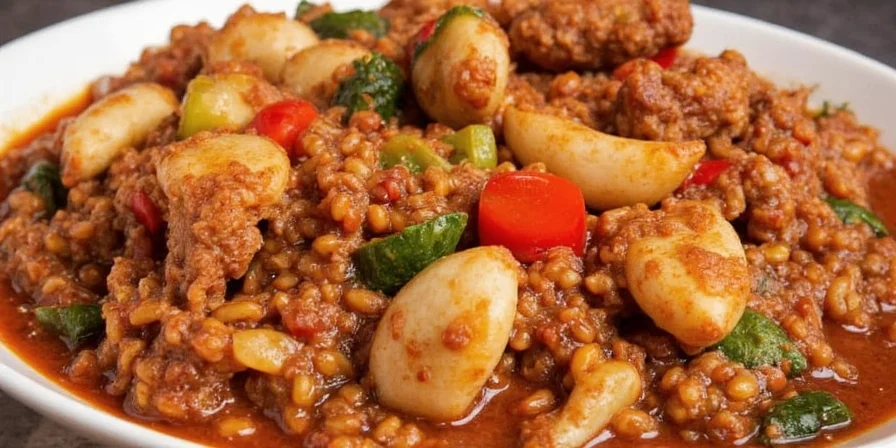
The Holy Trinity & Other Flavor Secrets Behind Cajun Cooking
The backbone of Cajun flavor is the “Holy Trinity”—a trio of onions, bell peppers, and celery. Unlike its Italian cousin (which includes carrots), the Cajun version focuses on these three aromatic powerhouses to build flavor from the ground up.
But the real magic? Spices! Here are some key players:
- Cayenne pepper: For that signature kick
- Paprika: Adds warmth without too much heat
- Filé powder: Made from sassafras leaves, often used to thicken and flavor gumbo
- Garlic and thyme: For earthy depth
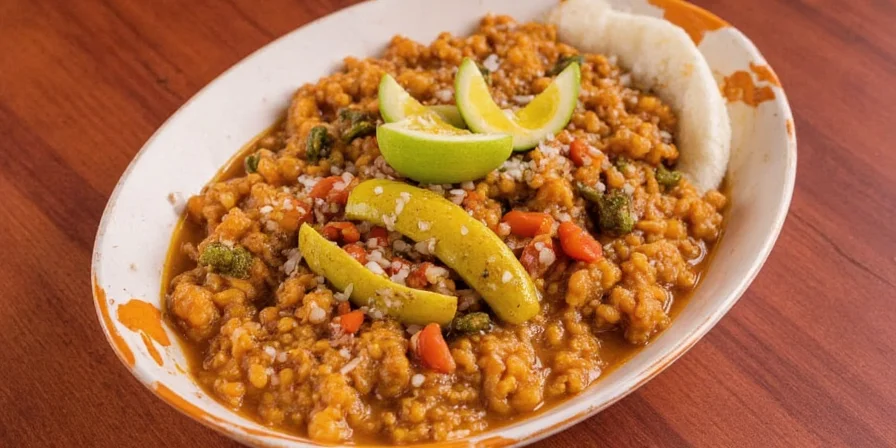
Cajun vs. Creole: What’s the Difference?
Ever been confused between Cajun and Creole food? You’re not alone. While both cuisines hail from Louisiana and share many ingredients, there are subtle—but important—differences.
| Aspect | Cajun | Creole |
|---|---|---|
| Origins | Rural, Acadian descendants | Urban, New Orleans melting pot |
| Signature Ingredients | Smoked meats, filé, rustic herbs | Tomatoes, seafood, buttery sauces |
| Taste Profile | Spicier, heartier, more rustic | Smoother, slightly sweeter, more refined |
| Classic Dish | Jambalaya, crawfish étouffée | Gumbo, shrimp remoulade |
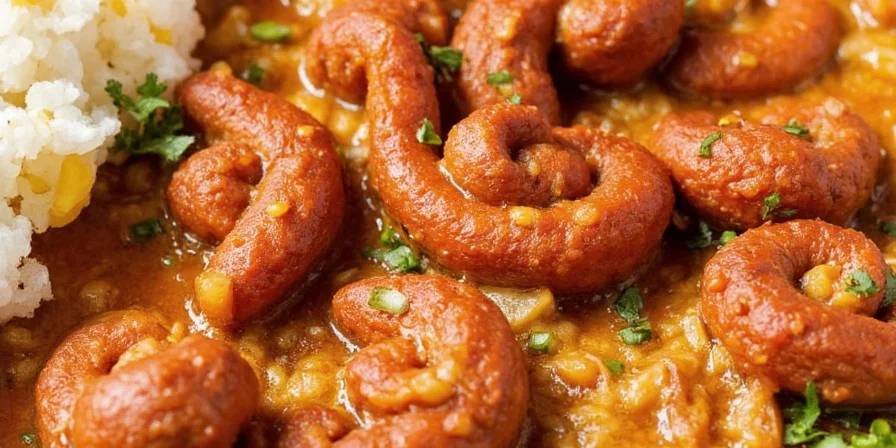
How Cajun Flavors Have Gone Global
You don’t have to fly to Baton Rouge to enjoy a great bowl of spicy gumbo anymore. Cajun flavors have gone global—and not just in restaurants. Grocery store spice blends like Tony Chachere’s and Zatarain’s bring that Louisiana heat right to your pantry.
Here’s where Cajun-inspired flavors have made a splash:
- Fast food chains: Think Popeyes’ famous fried chicken or Bojangles’ seasoned fries
- Street food: Food trucks worldwide now serve Cajun-style wings, fries, and tacos
- Home cooking: Instant Cajun seasoning mixes have become staples in kitchens from Seoul to São Paulo
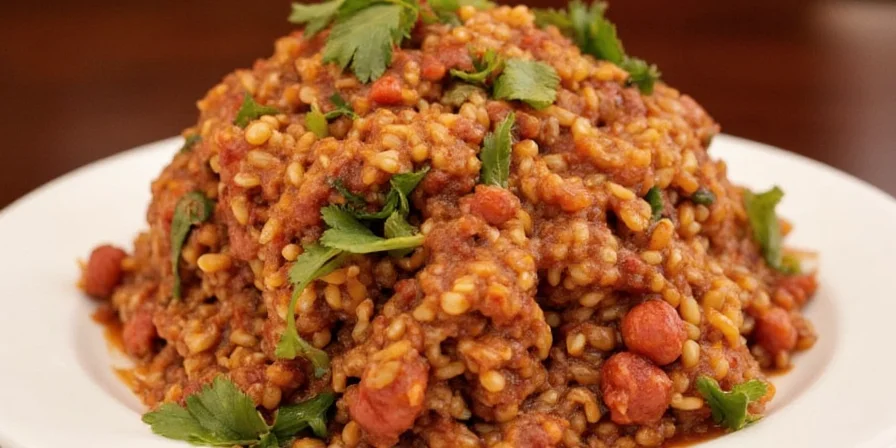
Pro Tips for Cooking Authentic Cajun Dishes at Home
Want to recreate that Louisiana magic in your own kitchen? Here’s how to cook like a true Cajun chef:
- Start with the Holy Trinity: Sauté onions, bell peppers, and celery in oil until fragrant—this is your flavor base.
- Use a good roux: Cook flour and fat (usually oil or butter) slowly to create a nutty, thickening base for gumbos and stews.
- Don’t skimp on the spice: Cajun food isn’t shy about heat. Cayenne, black pepper, garlic powder, and paprika should all play a role.
- Simmer low and slow: Many Cajun dishes require hours of simmering to let the flavors marry properly.
- Add protein wisely: Chicken, andouille sausage, shrimp, crawfish, or even alligator can make appearances—each bringing its own texture and taste.
Final Bites: Why Cajun Food Still Rocks Our World
So, where is Cajun food from? At its heart, it’s born from resilience, adaptation, and a deep love of spice. Whether you're a professional chef or a weekend grill warrior, there’s a reason this cuisine continues to thrive far beyond the bayous of Louisiana.
Cajun food tells a story—one of exile, survival, and celebration through flavor. It’s more than just a meal; it’s a cultural legacy served with a side of heat. And if you ask us, the world needs more of that kind of spice.
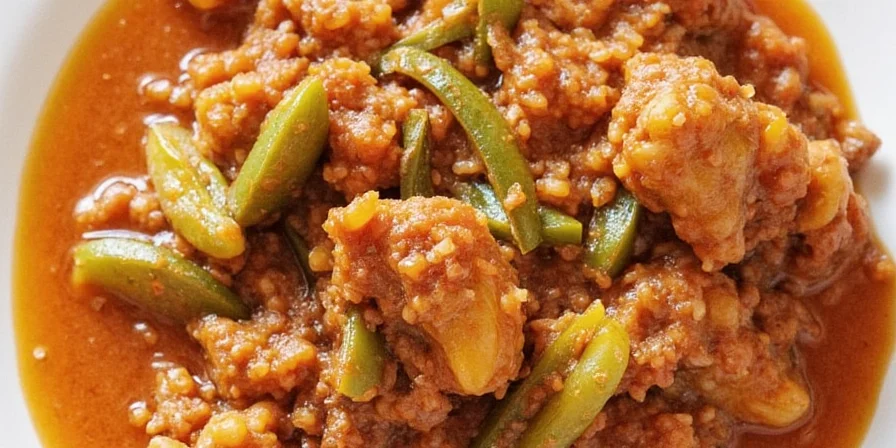










 浙公网安备
33010002000092号
浙公网安备
33010002000092号 浙B2-20120091-4
浙B2-20120091-4